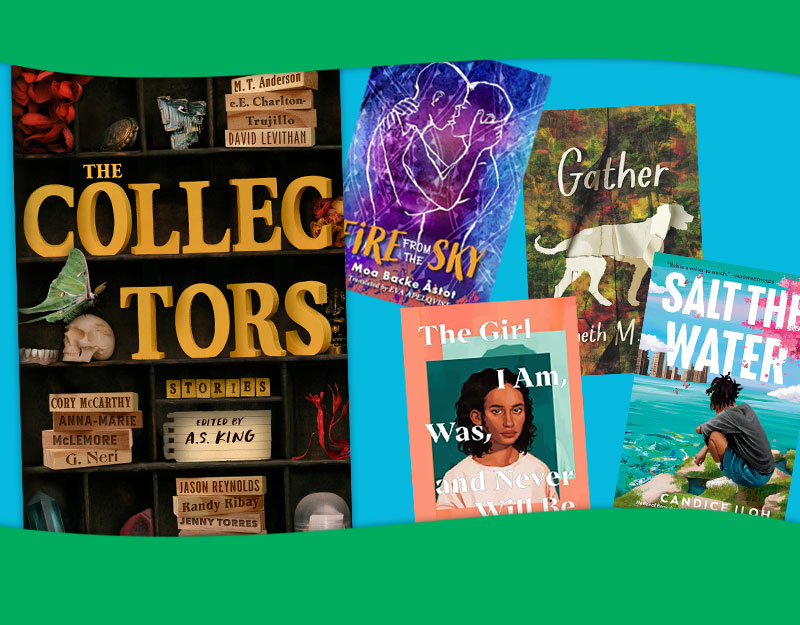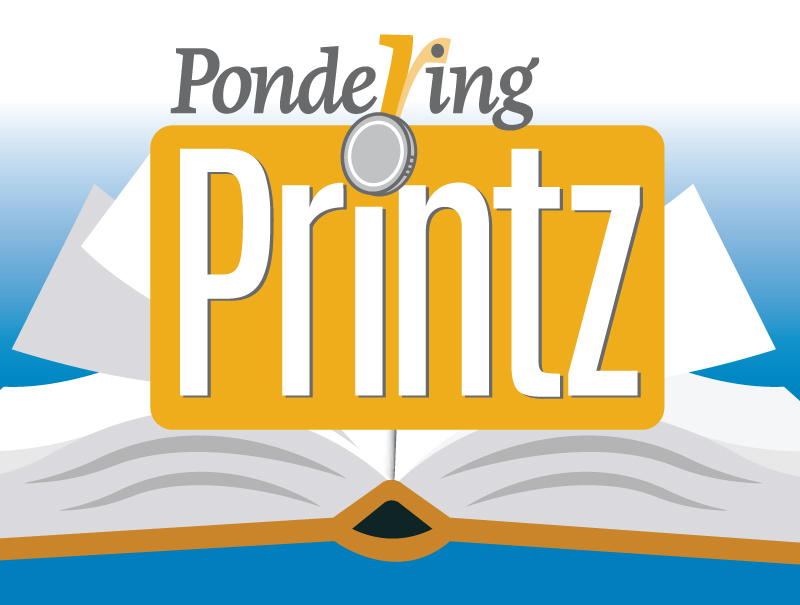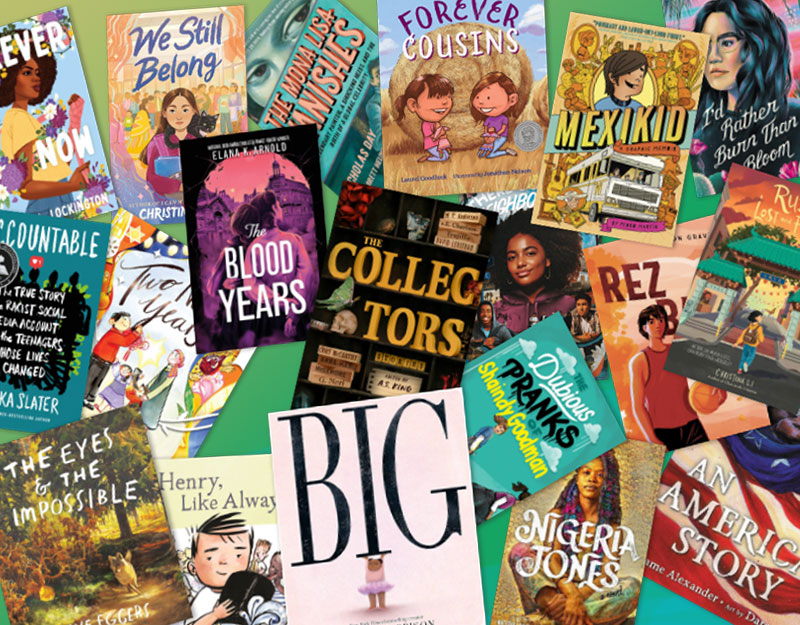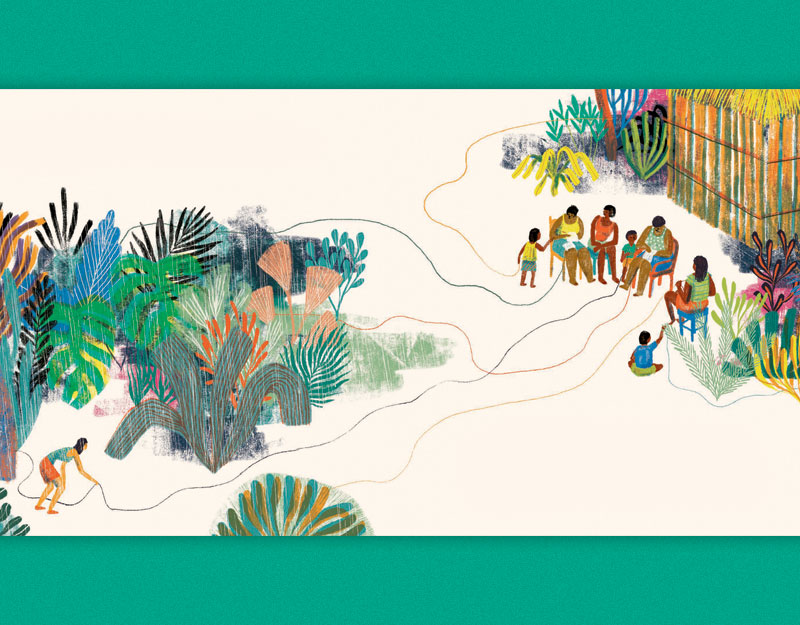Spark Summer Friendships with How to Two
How to Two

Written and Illustrated by David Soman
Published in 2019 by Dial Books for Young Readers
ISBN 978-0-525-42784-1
Grades PK-3
Book Review
A warm day, a welcoming playground, and a bright smile – the quintessential ingredients for childhood play and budding friendships. David’s Soman’s innovative counting book is picture book perfection. As the book opens, a young child is perched atop a slide. As the page turns and the child descends, the text reads “How to one.” As the book progresses, the text pattern continues: a diverse group of children join the fun, one by one, leading up to “How to ten.” The strong visual narrative depicts a joyous romp through a variety of games your readers will recognize, including jump rope, tag, and and hide and seek. There is an emphasis on diversity and inclusion throughout Soman’s energetic watercolor and ink illustrations. The children have different skin colors, different attire, and as they are gathered up by their families at sunset, it’s clear they have different family structures. Useful as a counting concept book, this title is also a wonderful invitation to discuss how to make a friend, how to be inclusive in play, and how to build community.
Teaching Ideas: Invitations for Your Classroom
Community Gathering Spaces. After a couple of readings of How to Two, ask your students to draw a map of the playground and surrounding area featured in the book. With younger students, begin by discussing what appears in the illustrations, including city buildings, wooded areas, and a pond or stream. Ask students to think of spaces in their community that are designed to bring people together, either for recreation or for other purposes. Which spaces welcome diverse and intergenerational populations from across your community? What are the roles of such gathering spaces?
ADVERTISEMENT
ADVERTISEMENT
Playground Games. Revist How to Two and make a listing of the games that the children are playing. Engage in close reading of the illustrations, asking students to name evidence for their ideas about the play. Create a two column chart, listing the number of children on one side and the game in which they engage on the other side (for example: 2 play seesaw, 3 play jump rope, 4 play four square). Next, encourage your students to add to the listing, writing their favorite games on the list next to the appropriate numbers.
Counting Text Sets. Read How to Two in a text set of counting books. Work with you local school or public librarian to collect a series of texts that involve counting. Younger students can focus on numbers and counting, and older students can look at books that contain multiplication or division. All the students can look at the artistic choices and structures of counting books. How are numerical concepts represented in words, symbols, and images? As an extension of the study, youngers students can design and make counting books to share with their classmates and families and older students can design and make counting books to share with students in younger grades.
How to Make a Friend. Invite your students to discuss how the children in How to Two were inclusive in their play, reaching out to other children present to join the fun. Ask your students to make a list of techniques to approach a potential friend, noting what this “looks like” and “sounds like.” Next, role play different scenarios in which children reach out to others with an invitation to play. Finally, create a list and/or draw a series of pictures that documents their thinking about “how to make a friend.”
When to Be Alone / When to Be Together. After reading How to Two, invite students to consider when they like to have alone time and when they like to be with others. Discuss the fact that we need both of these – alone time offers time for reflection, introspection, and individual choice of activity. Together time offers a chance to practice cooperation, consider perspectives, and to develop compassion and empathy. Students could make a two column list, noting things that they like to do alone and what they like to do together, or create a page for a class book that features both along and together time activities. Consider developing a class signal for when they want to be with friends and when they want to be alone.
ADVERTISEMENT
ADVERTISEMENT
How to Two as a Mentor Text. Invite students to create an innovation on How to Two. Begin by creating a list of settings in your community that are conducive to developing friendships. Next create a list of play options for each setting. Decide on the best match between the numbers of children and the activities that will be featured. Collaborate with your art teacher or a local artist to create watercolor illustrations that depict your selected locations, numbers of children and activities.
Visual Storytelling. Read How to Two in a text set of wordless, nearly wordless, and minimal text titles in order to study visual storytelling techniques. In addition to discussing the elements of illustration, discuss book design elements such as page turns, endpapers, and any atypical page features (vertical turns, cut outs, foldouts).
Friendship Narratives. Across the school year, be deliberate about reading friendship narratives, including titles that focus on friendships that celebrate diversity. Create an anchor chart to record lessons learned about friendship from the characters and plotlines of these books. Provide students with many opportunities to craft their own narratives about friendship.
Critical Literacy
Accessible Playgrounds. Although author/illustrator David Soman has included a broad representation of diversity in How to Two, he does not include a representation of physical disability. Discuss how a child with a physical disability could and could not participate in the activities depicted in the book. Engage your students in research on accessible playgrounds (Let Kids Play) and then research what options for accessible play are available in your community. Invite your students to design a large play area that would be accessible to all. Provide a large sheet of paper so that after pre-planning students can create a large visual image of their design.
Further Explorations
Online Resources
Brightly Interview with David Soman
New York Times Books: Live Art with David Soman and Jacky Davis
CCBC 50 Wordless and Nearly Wordless Books
Books
Dawn, J. (2015). Playground math. Cavendish Square.
Hutchins, H.J. & Herbert, G. (2008). Mattland. Ill. by Dusan Petricic. Toronto, ON: Annick Press.
Maurer, T. (2011). Playground games. Rourke Pub.
McLerran, A. (1991). Roxaboxen. Ill. by B. Cooney. New York: Lothrup, Lee & Shepherd.
Rosen, M. (2013). Let’s build a playground. Somerville, MA; Candlewick Press.
Young, N. (2011). Zoomer’s summer snowstorm. New York: HarperCollins.
Zuppardi, S. (2013). The nowhere box. Somerville, MA: Candlewick Press.
Filed under: Picture Books
About Erika Thulin Dawes
Erika is a professor of language and literacy at Lesley University. A former classroom teacher, reading specialist, and literacy supervisor, she now teaches courses in children’s literature, early literacy, and literacy methods. Erika is the co-author of Learning to Write with Purpose, Teaching with Text Sets, and Teaching to Complexity.
ADVERTISEMENT
ADVERTISEMENT
SLJ Blog Network
2024 Books from Coretta Scott King Winners
The Ultimate Love Letter to the King of Fruits: We’re Talking Mango Memories with Sita Singh
Monkey King and the World of Myths: The Monster and the Maze | Review
Parsing Religion in Public Schools
The Tortured Poets Department Poetry Party Part 2: DIY Frames for Your Instant Photos
ADVERTISEMENT







